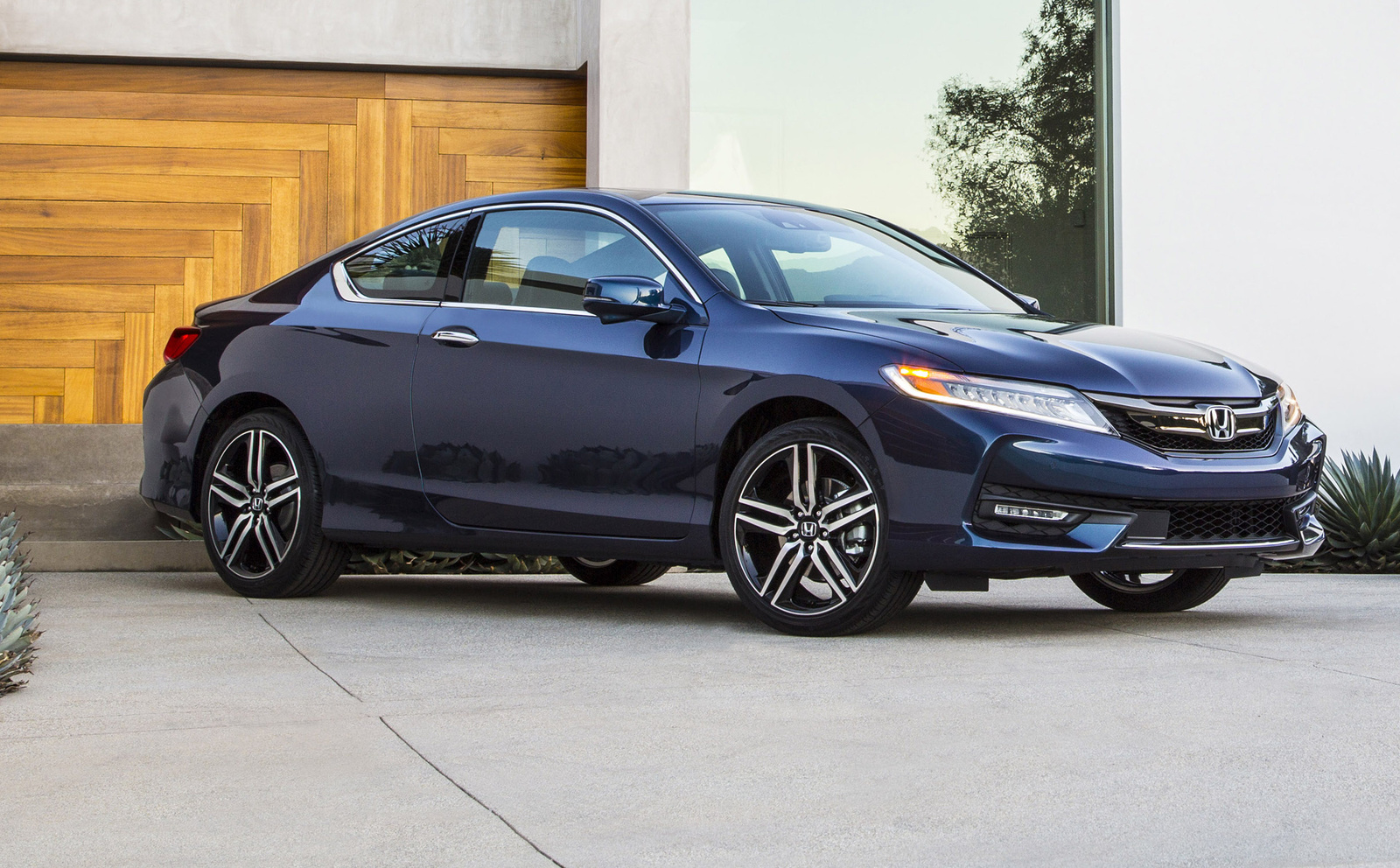Senin, 20 Februari 2017
2017buickenclavesporttouringexterior2016newyorkinternational
Minggu, 19 Februari 2017
New 2017 Chevrolet Equinox Price, Photos, Reviews, Safety Ratings
2017 Chevy Equinox Redesign, Release Date, Concept
2017 Chevy Equinox Release Date, Colors, Review, Price, Interior Pics
2017 Chevy Equinox Reviews, Redesign Autos Concept
2017 Chevy Equinox Chevrolet equinox
New Concept 2017 Chevy Traverse Redesign
Test Drive A 2017 Chevrolet Traverse at Madera Chevrolet in Madera
2017 Chevrolet Traverse LT in Taylorville, IL 1GNKRGKD3HJ163231
2017 Nissan Pathfinder exterior 2017 Chevy Traverse exterior

The evaluation of 2017 Chevrolet Traverse isn’t nevertheless to be
2017 Honda Accord Hybrid Picture 679644 car review @ Top Speed
2017 Honda Accord Coupe Overview CarGurus

Accord Hybrid or an Accord Touring V6? Check out our Accord vs
2017 Honda Accord Hybrid © Honda Motor Co., Ltd.
2017 Honda Accord Hybrid side review
Sabtu, 18 Februari 2017
First Drive: 2017 BMW 5series – Review – Car and Driver
from BMW – the brand new 5 Series. Globally, the 3 Series may be BMW
2017 BMW 5Series Price, Interior 2017/2018 Cars Blog
2017 BMW 5 Series M Sport rear three quarters rendering
2017 BMW 540i M Sport First Drive Review: On Closing a Door
25 Photos of the 2017 BMW 5Series/M5: Redesigned MidSize Sports Car
2017 BMW 5Series GT And M5 Renderings Opptrends
Thanks to new spy photos of the 2017 BMW M5, we now have an updated
2017 BMW M5 – Release Date, Redesign, Changes20162017 CARS REVIEW
2017 BMW M5 Design, News BMW 5 Series
2017 BMW 7Series Reviews and Rating Motor Trend
2017 BMW i8 release date, redesign, specs and pictures
2017 BMW M7 release date, specs, pictures and redesign

2017 BMW i8 release date, redesign, specs and pictures
2017 BMW M7 release date, specs, pictures and redesign
Jumat, 17 Februari 2017
2017 Toyota Corolla 2017 Toyota Corolla 2017 Corolla 2017 Corolla 2017
2017 Toyota Corolla Sport 2017 NEW CARS

Toyota Corolla Altis 2017 India Launch, Price
2017 Toyota Corolla YouTube

Barcelona Red Metallic Black Sand Pearl Blizzard Pearl Classic Silver
2017 Honda Accord Hybrid Picture 679635 car review @ Top Speed
Refreshed 2017 Honda Accord Hybrid Starts at $30,440 Motor Trend
Review: 2017 Honda Accord Hybrid
New 2017 Honda Accord Sedan at Joyce Koons Honda located in Manassas
2017 Honda Accord Adds ValueOriented Sport Special Edition Motor
2017 Chevrolet Corvette Release Date, Price, Top Speed, 060
2017 Chevrolet Corvette Zora ZR1: The NextLevel Vette Photo Gallery
2017 Chevrolet Corvette Grand Sport side profile
2017 Chevy Corvette Stingray Release Date, Top Speed, 060, Price
2017 Chevrolet Corvette Grand Sport at Champion Chevrolet in Reno
Langganan:
Komentar (Atom)